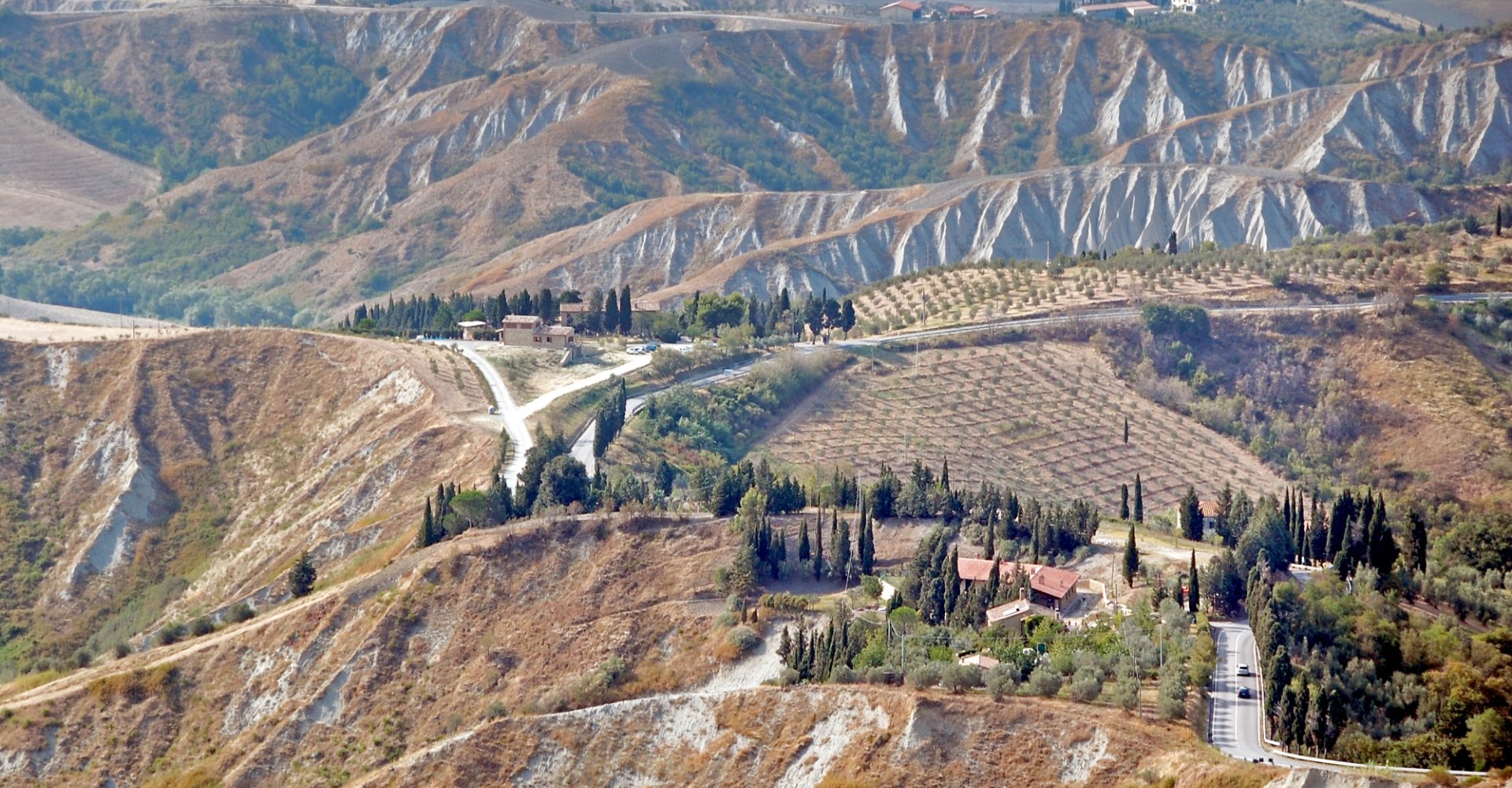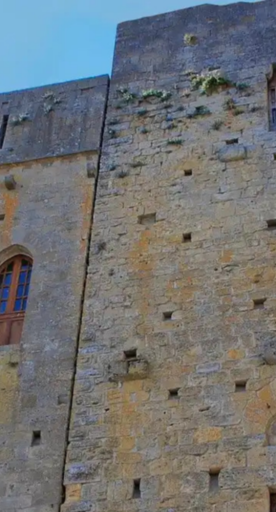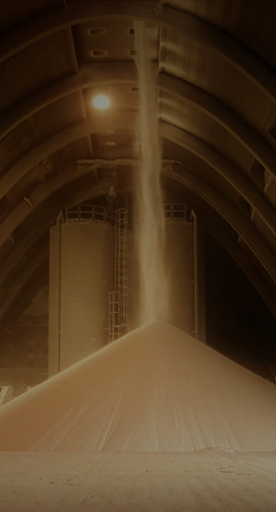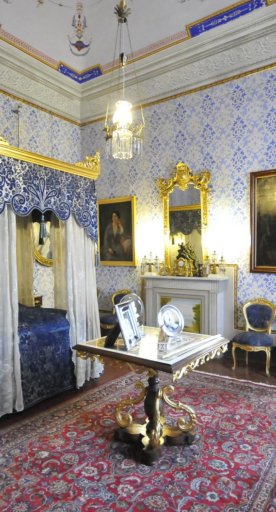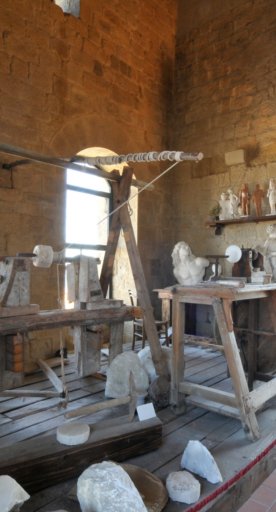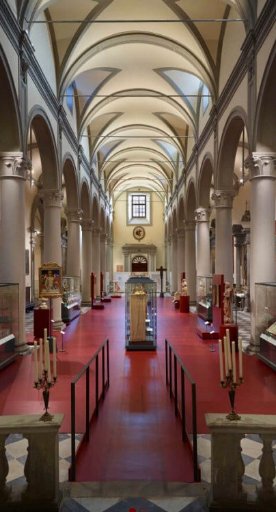The Balze in Volterra
In Volterra, the natural phenomenon of cliffs creates breathtaking views of the hills
The Balze (cliffs) in Volterra, are rock formations located near the town of the same name and created by long erosion caused by the soil type. Over time, the sands on the surface have allowed rainwater to pass through, originating the collapse of the underlying, essentially clay, soil. The advancing cliffs devoured churches, monasteries, roads and even a necropolis over the centuries. The area has been a burial place since the 10th century BC and many urns kept in the Guarnacci Etruscan Museum were discovered here.
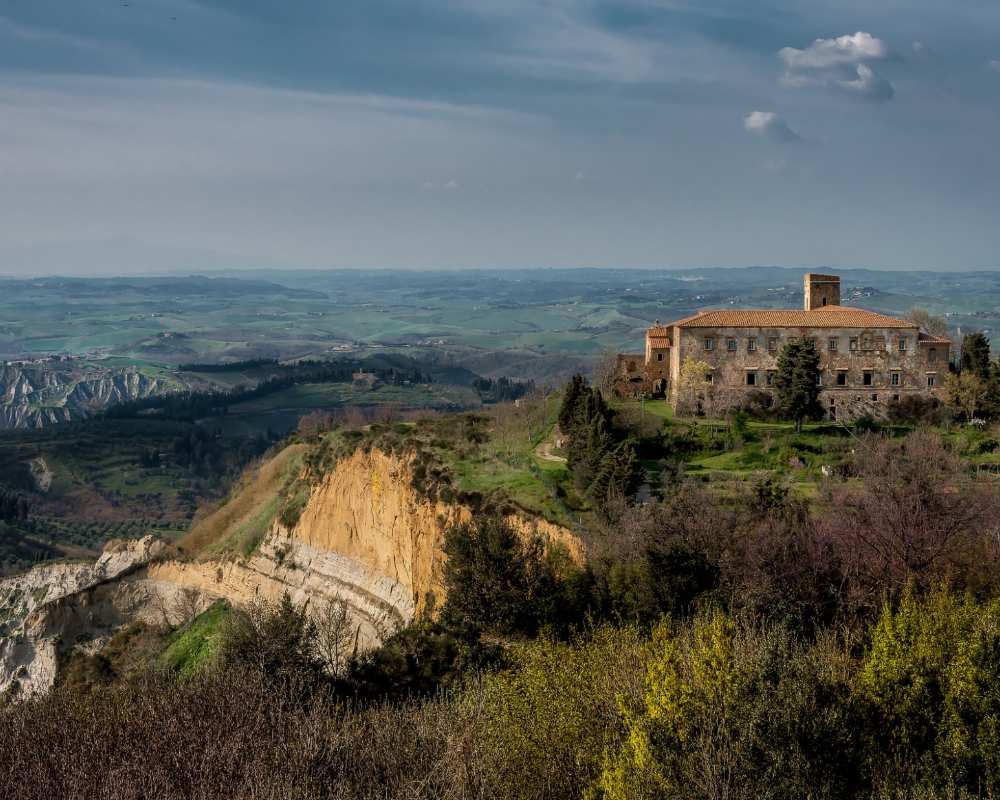
On the side of one of these steep cliffs is a Camaldolese abbey, known as the Abbey of Saints Giusti and Clemente. The building dates to 1034, and the monks lived there until the mid-1800s, when a violent earthquake forced them to safer ground. The attached church was not saved. Over the years, many have tried to stabilize the area, from the reign of Grand Duke Cosimo II to the 19th century. The plan for monumental masonry works had no effect, and it is only been nature that has had any luck at slowing down the erosion thanks to reforesting efforts. The abbey is worth a visit for the cloister and refectory that are excellently preserved; not to mention, the view is spectacular.
Close by is the Masso di Mandringa (Rock of Mandringa), a spring shrouded in mystery and legend. It is said that on Saturday nights, this was the favourite meeting point for witches to perform their magical dances. What is more certain, however, is what Gabriele D’Annunzio said about this place when he explained its importance as a spring that feeds the Docciola sources, also in Volterra.
